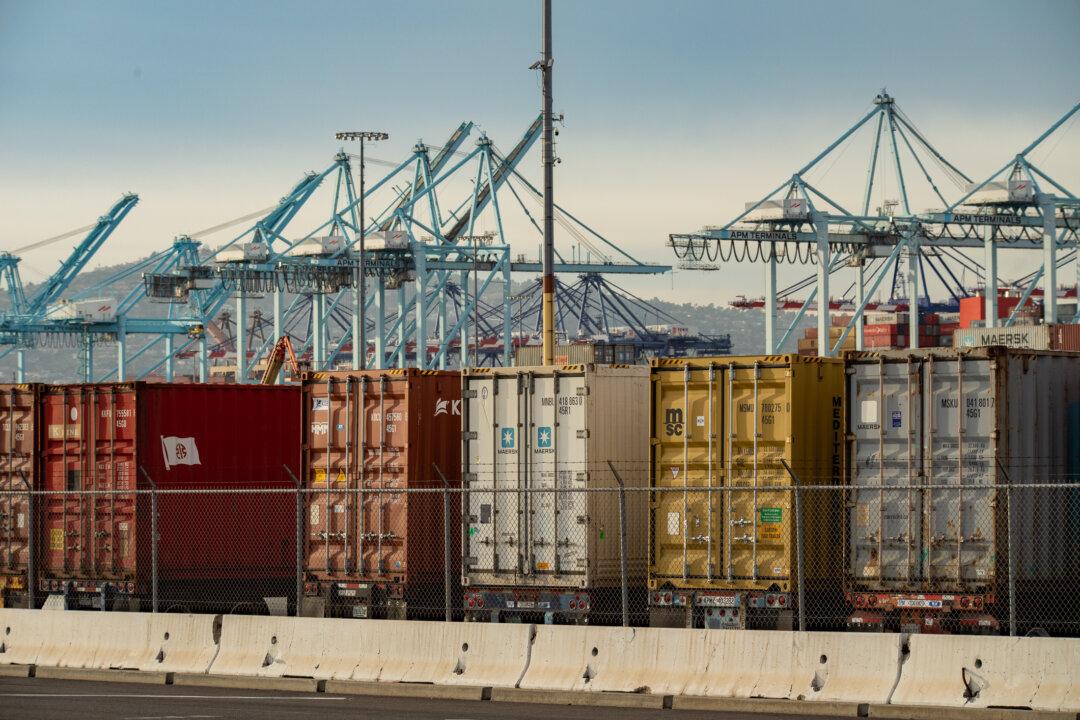The twin ports of Los Angeles and Long Beach are seeing progress in reducing one of the worst backlogs of container ships in history, waiting in the San Pedro Bay.
As of June 1, there were 11 container ships at anchor in the bay waiting to reach port terminals, which is 10 ships fewer than the last report, May 28. It signals a major decrease and the lowest number of container ships at anchor since Nov. 22, though two more container ships are set to arrive soon.





